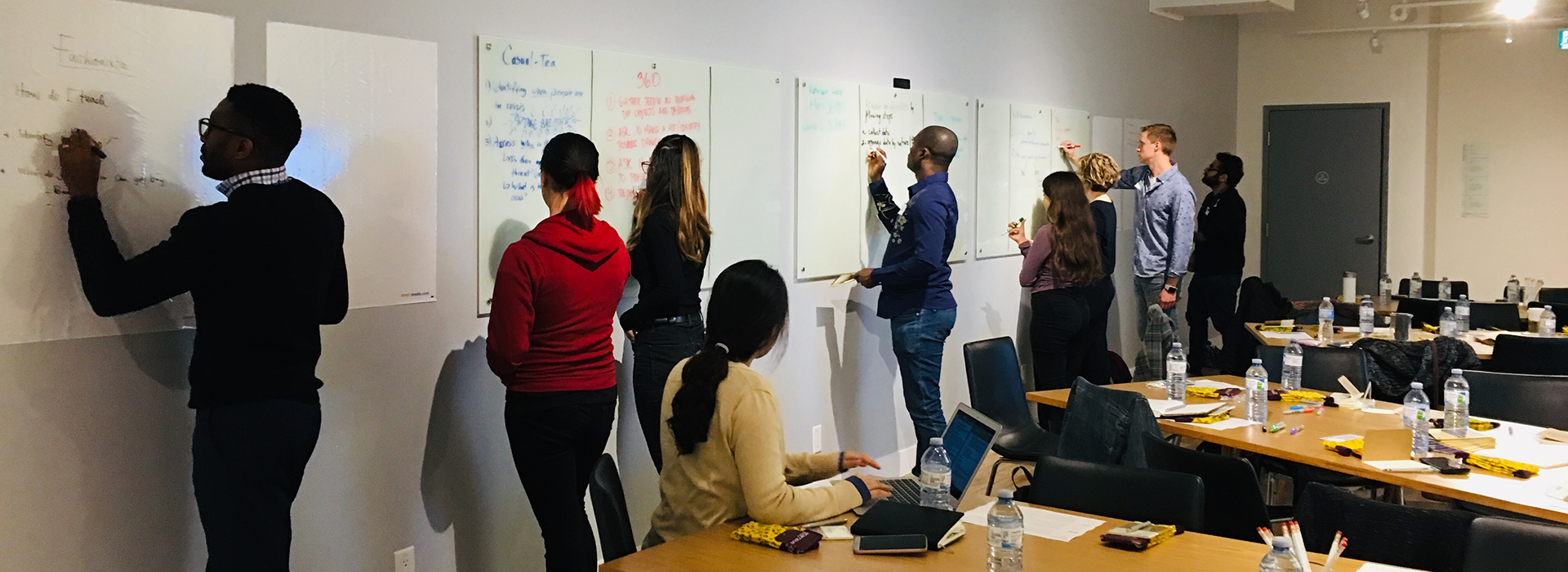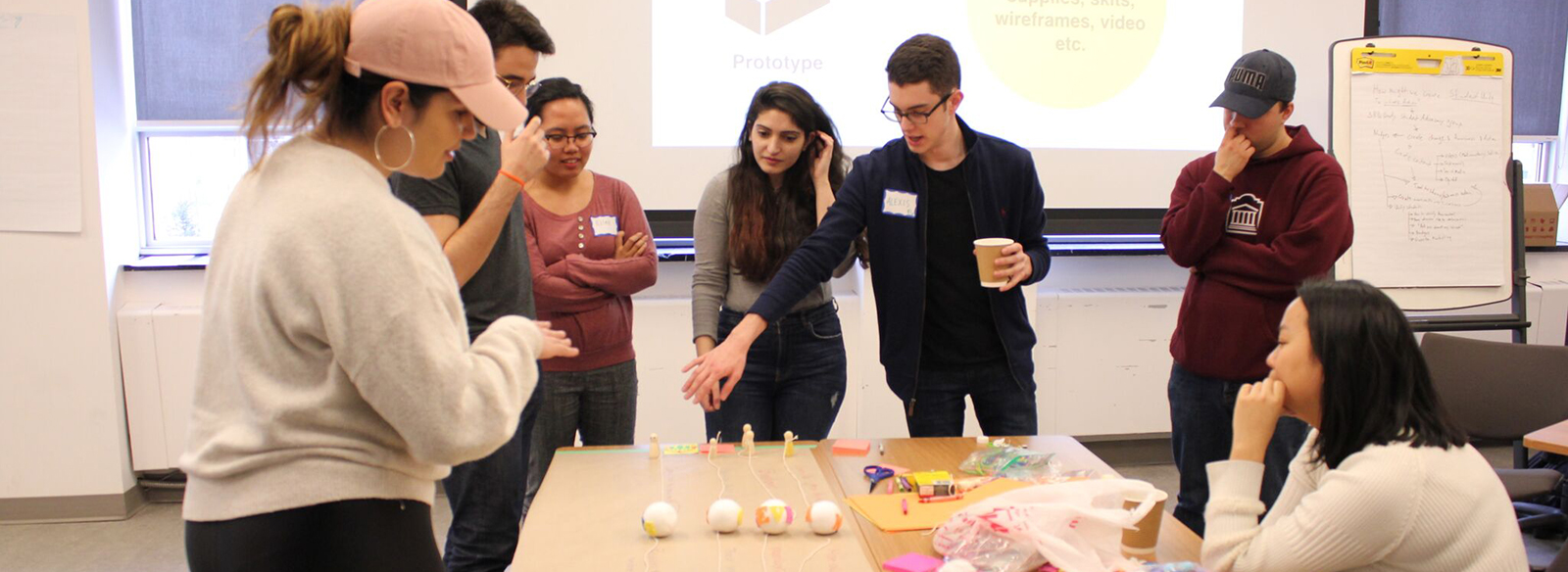
Warning: Undefined variable $post in /var/www/html/rc-ecampus.ecampusontario.ca/wp-content/themes/ecampusontario/functions.php on line 183
Warning: Attempt to read property "ID" on null in /var/www/html/rc-ecampus.ecampusontario.ca/wp-content/themes/ecampusontario/functions.php on line 183
4 min. Read
SXD Lab: We Do Design
Recently, I had the pleasure of travelling across Ontario to co-facilitate three full-day student experience design (SXD) sprints with students, faculty and administrators at Confederation College, the University of Waterloo and the University of Ottawa. I was joined by two remarkable service designers: Denise Withers (Design Innovation Consultant) and Michelle Cheung (Design Associate) and here are a few things I picked up along the way.
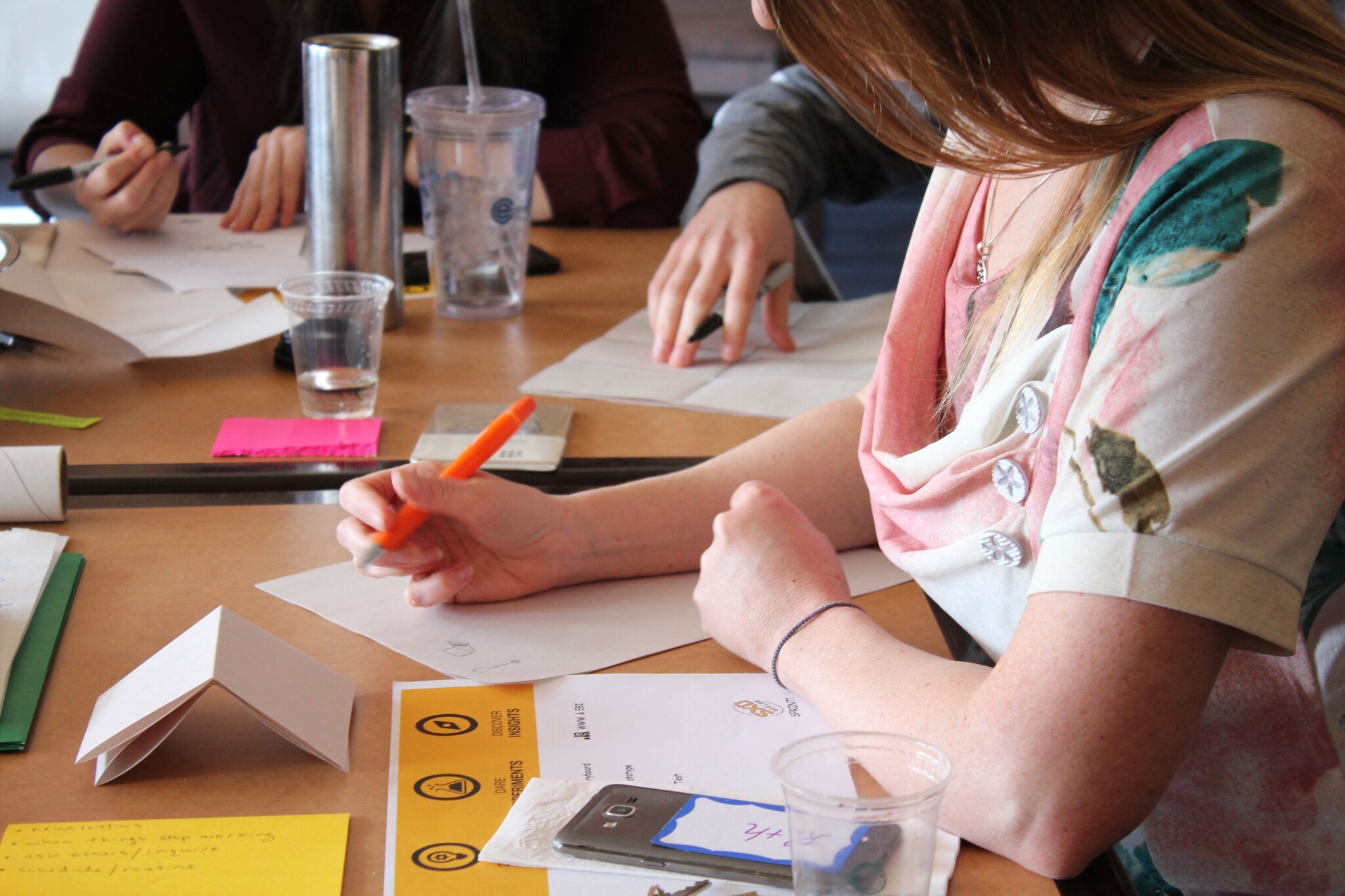
Since inception, the SXD Lab has been driven entirely by students: the end-users of education. We asked these students to solve ambitious post-secondary problems using an iterative design thinking process. Over the year, these designers in training have become masters of a process that, we believe, has value for post-secondary education more broadly. So, in February, we embarked on a week-long design roadshow to share what we learned; support student-led initiatives; provide a crash course in design thinking through a learn-by-doing approach; and, most importantly, engage a diverse audience of educators and institutional support staff.
A few things I learned from my week with the Design Roadshow:
1. There is an appetite for design and co-creation. People with or without experience in design are curious to learn more. They are receptive to the concept of engaging the whole post-secondary education system to co-create solutions which benefit learning. Students especially are jazzed by the idea that they can meaningfully contribute to the learning design process. Most of the faculty and administrators we met loved the idea of working with students (for example, to create curriculum materials or design ancillary educational supports) but were unsure how to start. They want to engage with students but are unsure how to effectively cultivate and generate student thought. Asking a student what they want is very different from strategically generating an idea via design.
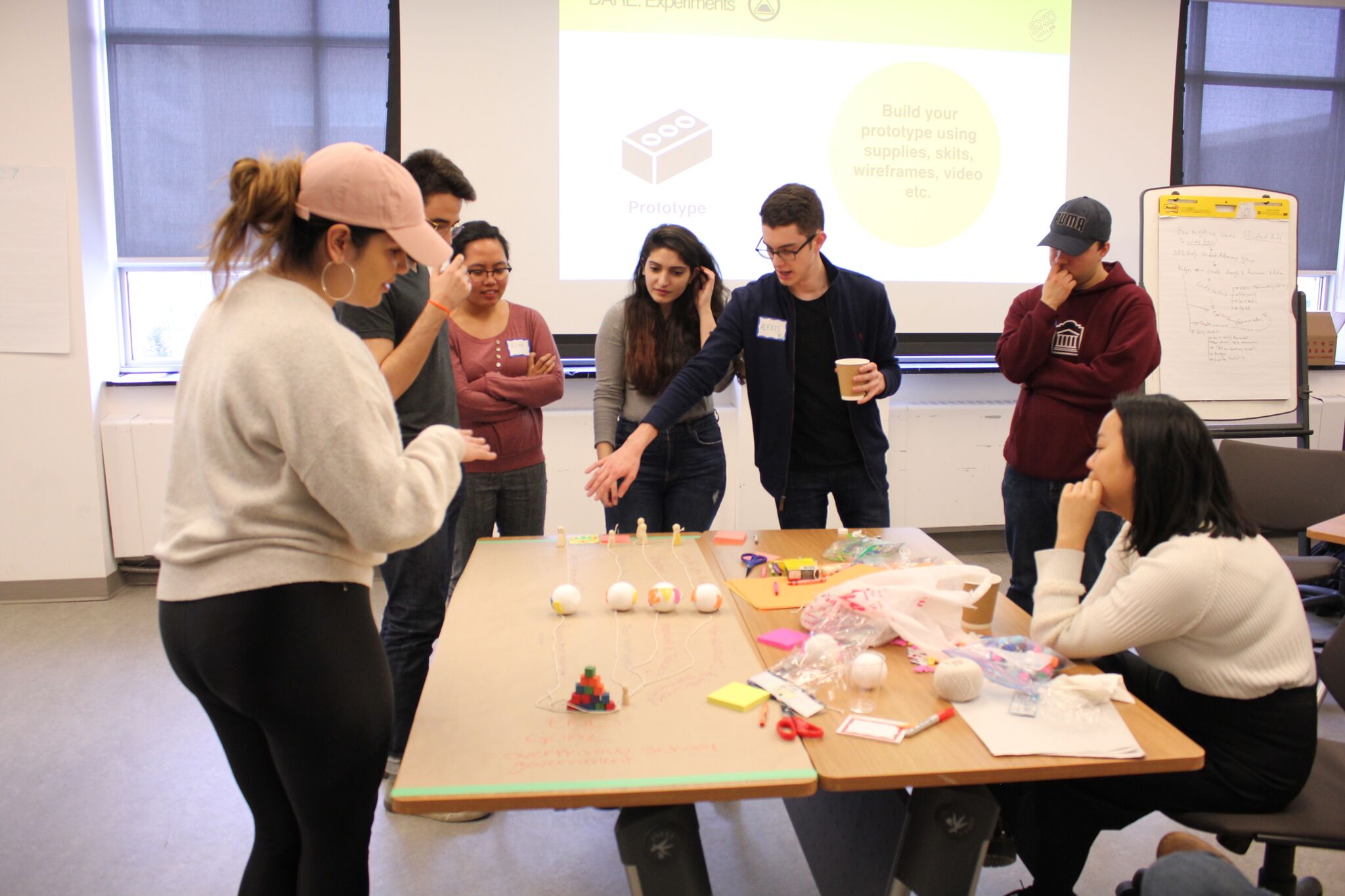
2. The design process is uncomfortable yet powerful. A core tenet of design is to stop yourself from leaping to a solution but to focus on defining the problem. David Kelly, a founding member of IDEO noted this natural bias for action. It’s not uncommon for organizations, committees or management to sit around a table and try to think their way out of problem. That process often produces bulky and expensive prototypes that may or may not be of value. The power behind design is to clearly define the problem you want to solve and spend minimal time building a crummy prototype. Yes, crummy! Prototyping is all about risk mitigation. The value of testing ideas out early and inexpensively is often an underutilized tactic. That smart guy named Albert Einstein everyone keeps talking about has a brilliant quote that summarizes the core element of design:
“If I had only one hour to save the world, I would spend fifty-five minutes defining the problem, and only five minutes finding the solution.”
~ Albert Einstein
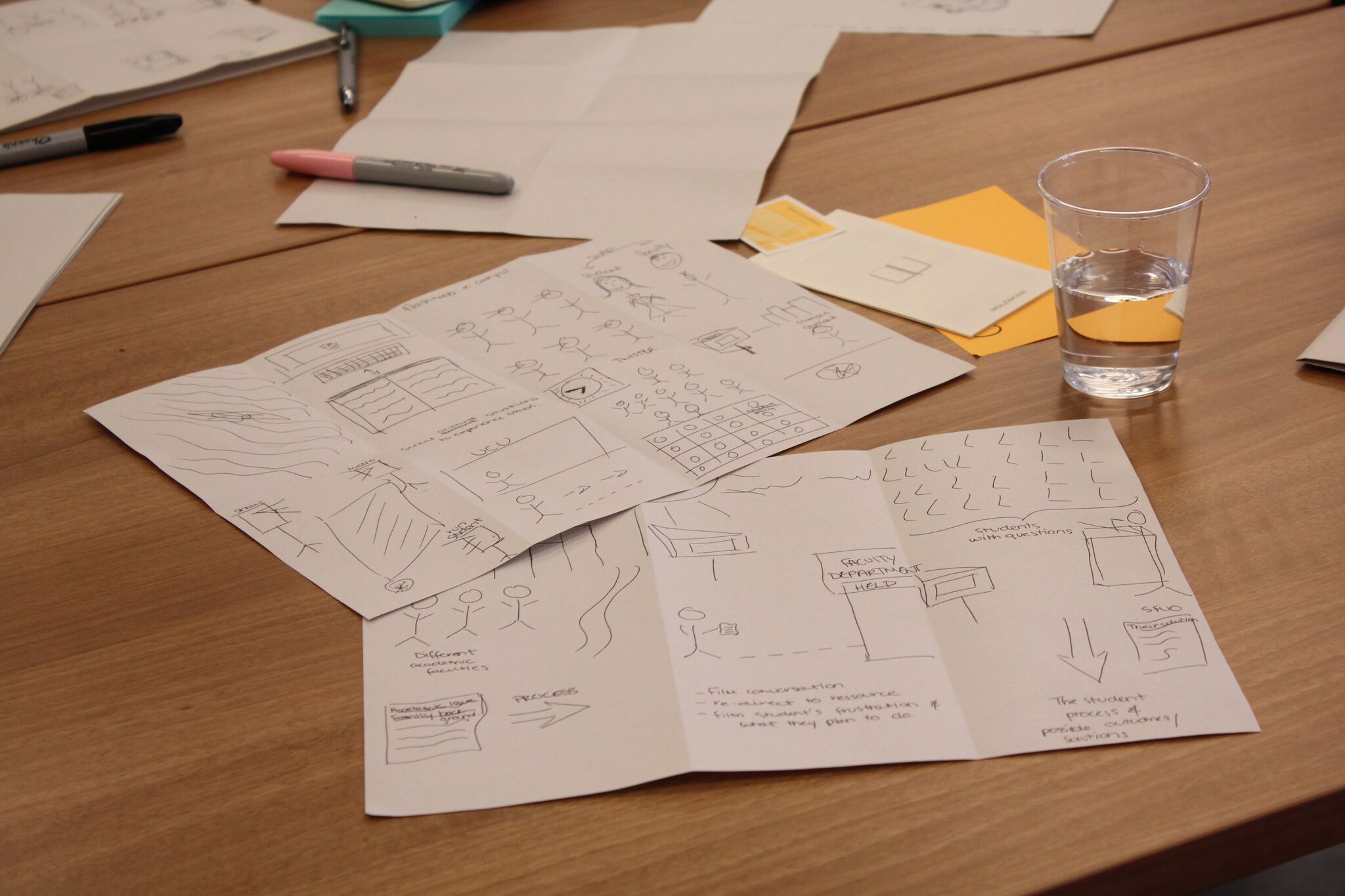
3. The post-secondary system needs more opportunities for design and design thinking. Woah, what a statement! First, design should not be considered the same as design thinking. Design can be loosely defined as making, doing, testing, visualizing and seeing. In contrast, design thinking is a strategy or approach for resolving issues. Karel Vredenburg elegantly says design “…can be done extremely quickly and efficiently while at the same time increasing the likelihood of success. Design thinking, as the name suggests, is at its essence a new way of thinking about a problem or opportunity space and how to address it collaboratively with a team of specialists.” Think of all the pain points you may have heard from students about their experience in the education system (in and out the classroom). A question I often ask myself is ‘how many of those issues exist because the idea was not adequately vetted with the end-user?’ I think colleges and universities need to ‘design’ more frequent check-ins with learners on anything that potentially has an impact on the student experience. This should not be interpreted as more students on committees or more surveys! I believe proper design is needed because there are so many moving pieces that keep the PSE ship afloat.
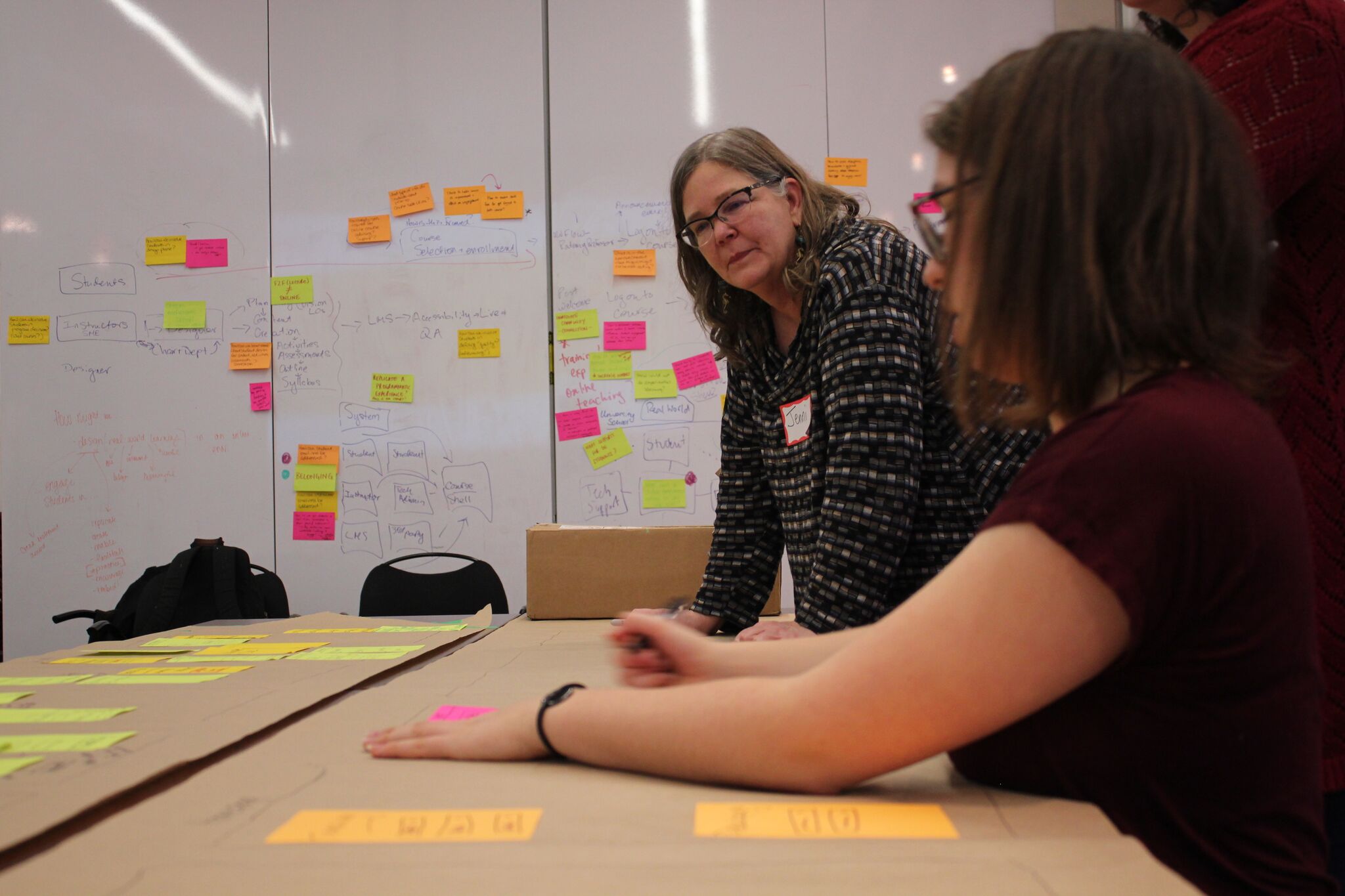
This design roadshow was a valuable learning experience for the SXD Lab team. We set out to empower students to improve the learner experience, develop a design and innovation culture and engage the whole system in co-creating better solutions. While we only scratched the surface with small groups of PSE representatives, we wish to continue our efforts to improve, develop and engage institutions with student-experience design (SXD). Stay tuned for more lab updates. Yes, the website is coming soon!
Article written by Chris Fernlund, Project Lead, Student Services. Follow him on Twitter @fernfeed.



